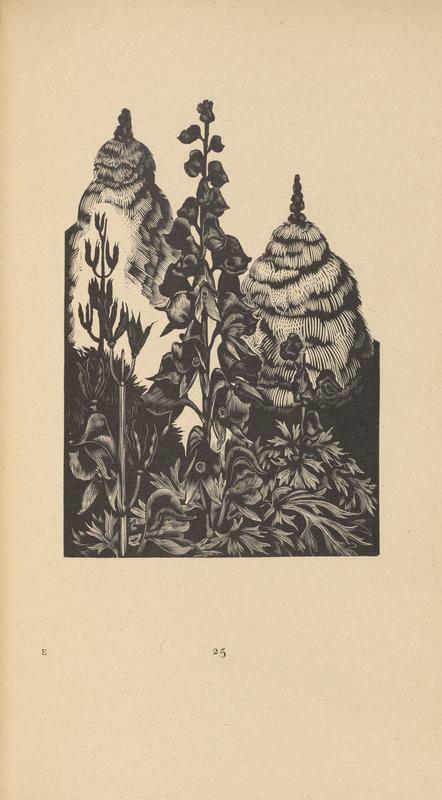Herbology
Warning message
You must
authorize Drupal to use your Google Analytics account before you can view reports.
Primary tabs
-

-
Bentley's Black Hellebore
-
"Deck the hall with boughs of black hellebore" hardly has a festive ring, but Robert Bentley's Medicinal Plants assures us that this plant that blooms in the bleak midwinter is commonly known as the Christmas Rose. Bentley reports that black hellebore has a slightly bitter taste and causes a tingling sensation on the tongue. In moderate doses, the plant was used to treat mania, melancholia, and epilepsy. It was also used as a medicine for domestic animals. In large amounts, though, it is poisonous. At Hogwarts, the plant's calming properties are utilized in Professor Snape's Potions class to make the Draught of Peace, but best to keep in mind Bentley's description and skip it at the Yule Ball.
-

-
Curtis' White Lily
-
Founded in 1783, Curtis's Botanical Magazine is the longest-running botanical periodical with color illustrations of plants (Muggles can subscribe, as it's still in print). William Curtis describes the White Lily, lilium candidum, as "among the very oldest inhabitants of the flower-garden" and praises the flower for its stateliness, beauty, and exceptional powers. These qualities wouldn't have been lost on J.K. Rowling, who gave Harry's mother the same name. Elsewhere in her books, lilies are beloved by slugs, ghosts, and by the heads of Gryffindor and Slytherin: Minerva McGonegall and Severus Snape.
-

-
Mandrake Pair
-
Hands on your ears! This winsome mandrake pair can be found in the fifteenth-century Hortus Sanitatis (in Latin, “garden of health”). Study up on this German text's directions for removing these screaming plants from the ground (pro tip: get your dog to help), and you'll be sure to win high marks from Herbology Professor Pomona Sprout. The bifurcations in the plants roots, resembling human bodies, have been associated with magical ritual since classical times.
-

-
Nash's Wolfsbane
-
John Nash's intoxicating woodcuts have a distinctly modern feel, with leaves and blossoms fashioned in a bold contrast of dark and light. Nash classifies his plants as "deadly" (nightshade), "dangerous" (foxglove, thorn apple), and "suspect" (pasque flower, Bear's foot), though The Times Literary Supplement's 1928 review argues that these groupings are somewhat arbitrary. Wolfsbane (also known as Monk's Hood) is the most poisonous plant of the buttercup family. J.K. Rowling tells us that the plant could suppress violent impulses in werewolves if taken by the gobletful before a full moon.
-

-
Woodville's Dittany
-
In the eighteenth century, dittany gained notice in Europe for its efficacy in treating worms and infections. A tincture of dittany cut with wine was also used to treat epilepsy. William Woodville reports in his three-volume Medical Botany that the plant could often be seen adorning the borders of flower gardens, emitting a strong bituminous odor. Wizards, follow your nose: as term begins, and you make your way to platform 9-and-3/4, you'll do well to nab this odiferous plant from Woodville's former garden, located in King's Cross just yards away from the Hogwarts Express.





